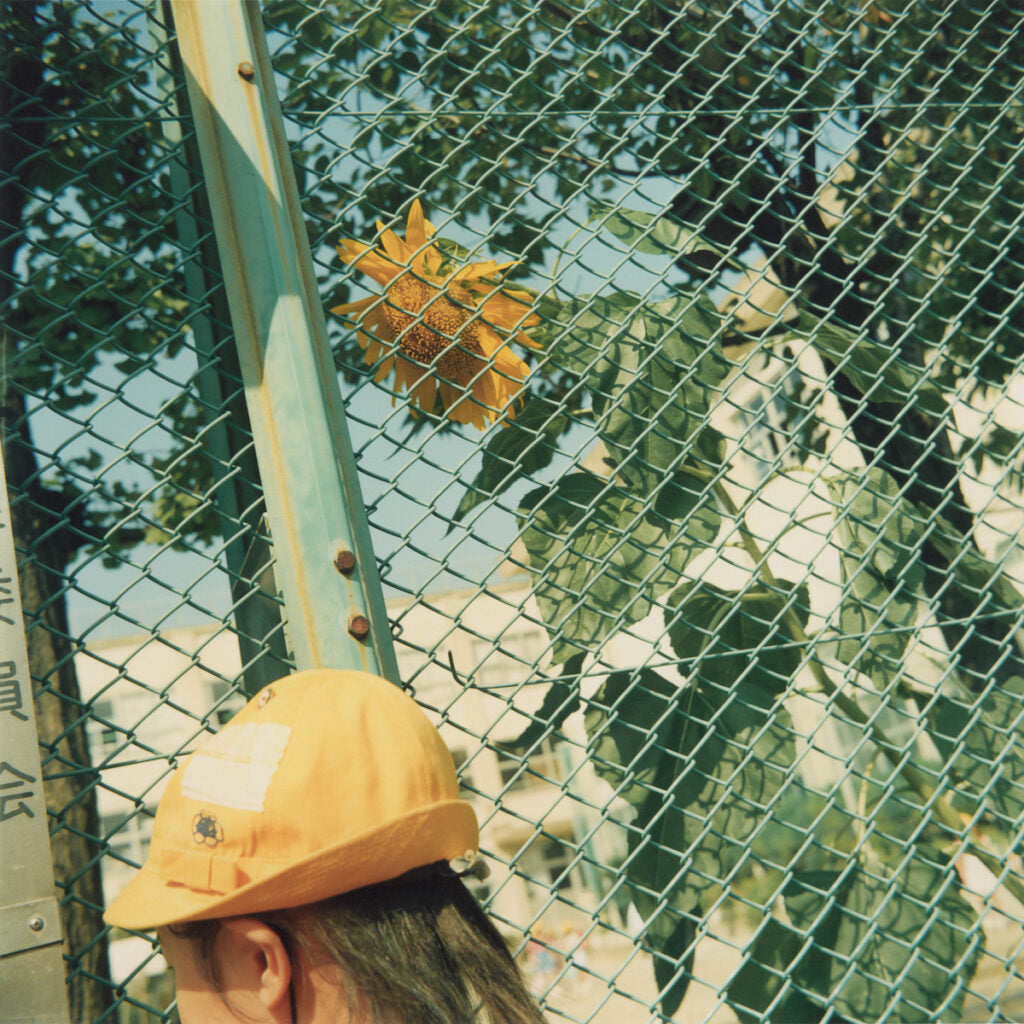Photobooks of 2022: Albarrán Cabrera

Pia / Son / Marion trilogy by Christopher Anderson, Stanley Barker
We love the color and chiarouscuro we can find in Anderson's photographs. But what we find the most interesting in this book are not only the images but also the attitude of the photographer, the reason why he takes these photographs. He doesn't separate the photography practice from his everyday life. Photography and life are interlinked, which is the way we also understand and experience the medium, that's why Pia, Son and Marion are so interesting to us.
Paris Opera by Bill Henson, Stanley Barker
Since we first saw Henson's images of Paris Opera in his book Mnemosyne, we have felt deeply attracted by the way he juxtaposes portraits of people and their reactions with landscapes. Placing them together makes the viewer have a tinted view on the landscapes images. Once we see the images of people portraits, we can’t see the landscapes from an objective point of view any longer. And in turn this new way of seeing the landscape influences the way we interpret the following image depicting a person. And vice-versa.
Painting by Toshio Shibata, Chose Commune
As the publisher explains "this book celebrates the abstraction of beauty. It has been designed in a concertina format that can also be turned into a suspended object — just like a kakemono, a Japanese unframed scroll painting made on paper or silk and displayed as a wall hanging." It is precisely this, Shibata's ability to depict beauty through abstraction what we like the most about his work. In addition, the design of the book is not something gratuitous, it perfectly enhances the intention of the photographer.
Small Myths by Mikiko Hara, Chose Commune
"The eye of the photographer, who is also a mother and wife, moves back and forth from the outside to the inside, from the public to the private sphere. Wherever she is, Mikiko Hara observes and tells stories like fragments of life." We love what we can call 'journalist recording of everyday simple things' so common in Japanese culture as well as their connection to the universal through the particular.
Jeux de Mains by Cécile Poimbœuf-Koizumi & Stephen Ellcock, Chose Commune
We are a little biased when sharing our opinion on this book because we have had the privilege of participating in it with one of our images. But no matter what book by Stephen Ellcock you pick: all of them are an infinite source of inspiration boosting your visual archive while at the same time, generating in the viewer lots of possible lines of investigations and projects. It's the kind of book that reminds us how complex and diverse human creativity is.
Intersection of Colour. Photoworks by Gottfried Jäger, Sous Les Etoiles Gallery
With a very small edition of just 100 copies we feel lucky to be the owners of one of them. As the publisher explains: "This book follows the gradual progression and evolution of Gottfried Jäger's work on color at the intersection of analog and digital methods, over a period of six decades, from 1960 to 2020. In doing so, this publication demonstrates the depictive qualities of the medium that is photography, and, in contrast, also aims to focus on its “generative”, image-giving potentials.” A jewel showing the evolution of the investigation in relation to the boundaries of the photographic medium which is wonderfully introduced by Lyle Rexer's essay followed by a very interesting interview with the artist by Corinne Tapia and an essay by Bernd Stiegler.
Albarrán Cabrera are the photographers Anna Cabrera (b. 1969, Sevilla) and Angel Albarrán (b. 1969, Barcelona) who work together as a collaborative duo based in Barcelona. Albarrán Cabrera see their photographs as objects in their own right, focusing not only on the image itself, but also on its physical manifestation as printed copies. They personally handcraft their prints in their studio using a wide range of processes and materials either by inventing new techniques or by experimenting with established ones expanding their “photographic syntax”. As Albarrán Cabrera have pointed out “this wide range of processes and materials serve a single purpose: to give us far more parameters to play with the viewer’s imagination than a mere image. The texture, colour, finishing, tones – even the border – of a print can provide the viewer with valuable information.”
Images:
Paris Opera by Bill Henson, Stanley Barker
Small Myths by Mikiko Hara, Chose Commune


